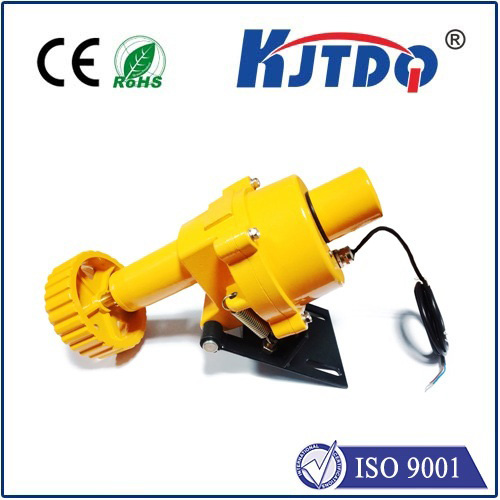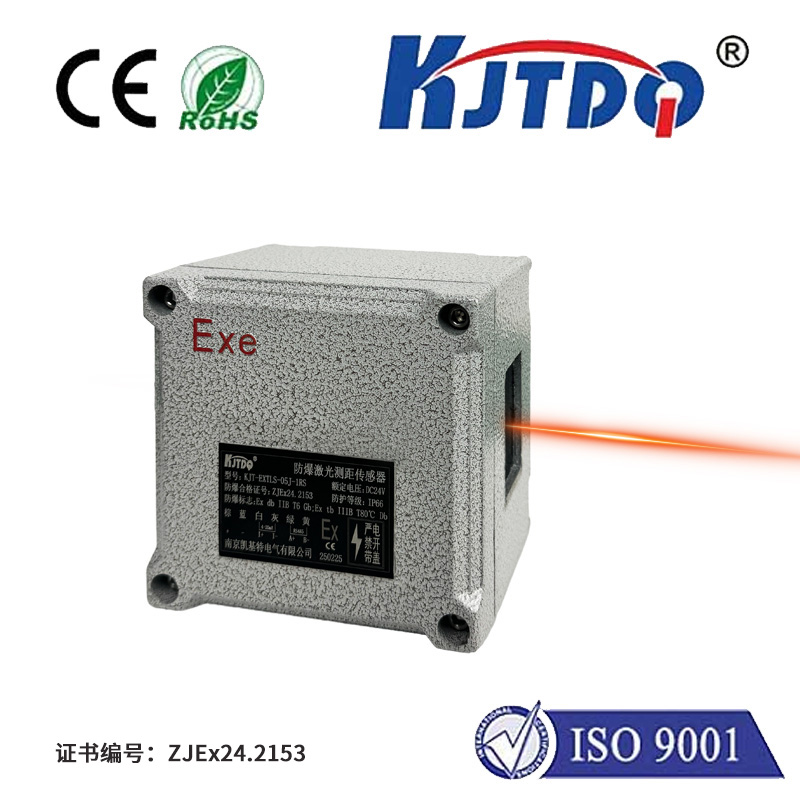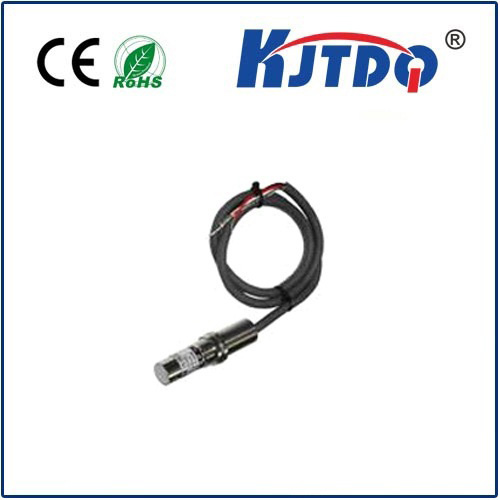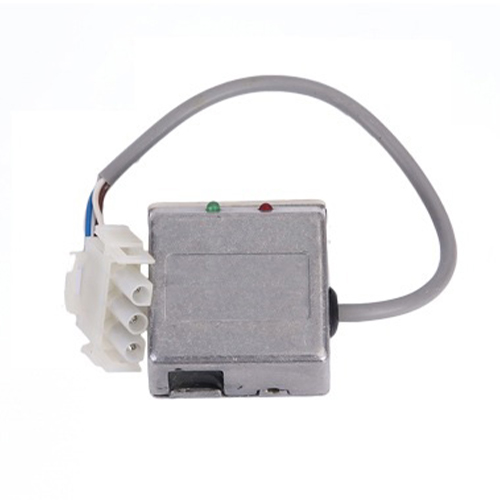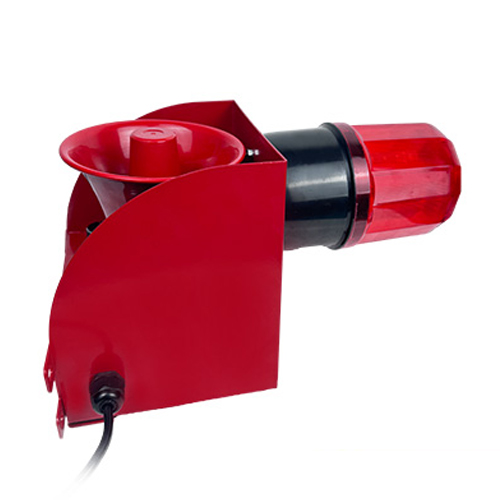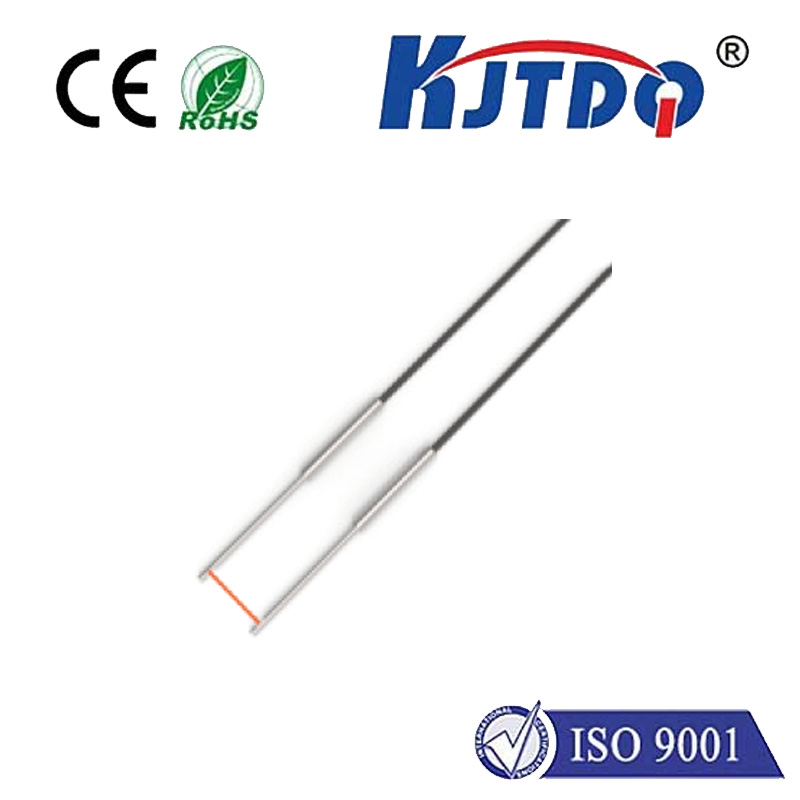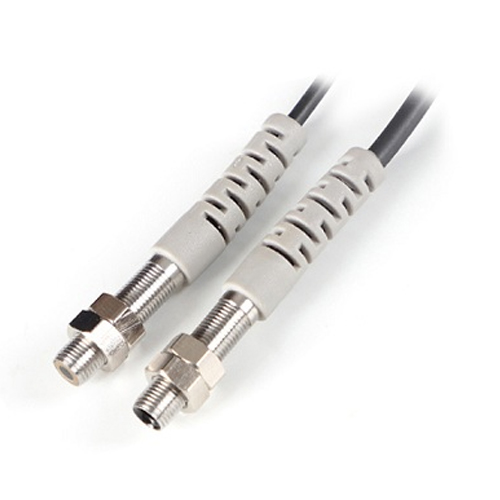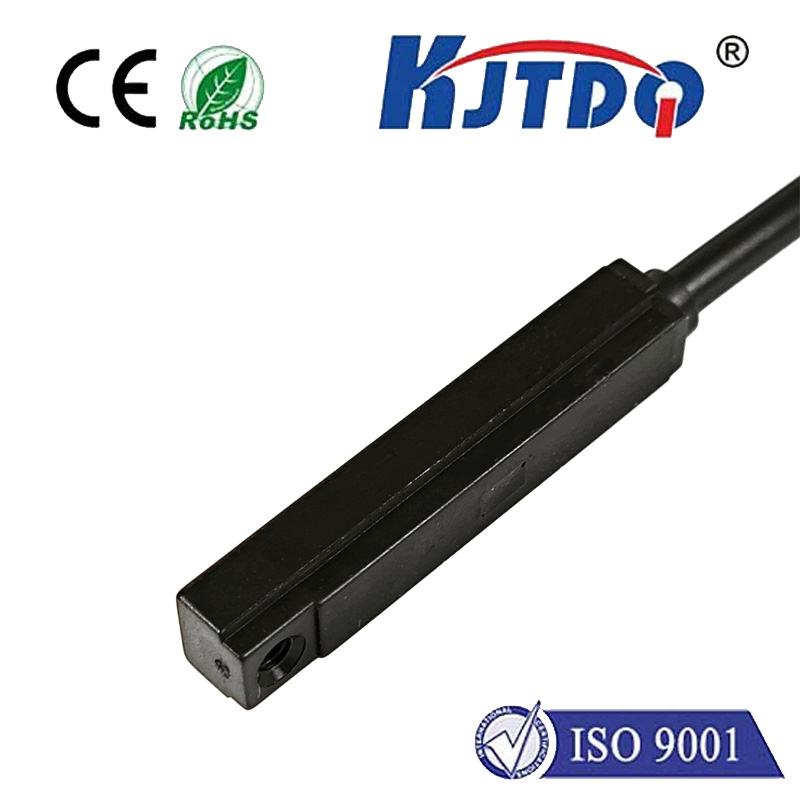

check

check

check

check
Imagine a bustling factory floor where robotic arms handle heavy loads at breakneck speeds. In such high-stakes environments, a single misstep could spell disaster—equipment damage, costly downtime, or worse, worker injuries. This is where the dual limit switch emerges as a silent guardian, offering a robust solution to prevent overtravel and ensure operational harmony. Unlike standard switches that rely on a single point of failure, dual limit switches incorporate two independent sensors, creating a fail-safe mechanism that automatically halts machinery if predetermined limits are breached. In today’s era of advanced automation, this technology isn’t just a luxury; it’s a fundamental pillar of reliability and compliance. Let’s dive into how dual limit switches work, their critical advantages, and where they make the most significant impact.
At its core, a dual limit switch functions as a position-sensing device, typically mounted on moving parts like conveyor belts, elevators, or CNC machines. When an object approaches a set boundary, mechanical actuators or rollers engage the switches, sending immediate signals to the control system. For instance, in an industrial press, if the ram travels too far, one switch triggers an emergency stop. But here’s the ingenious part: the dual aspect means two identical switches operate in parallel. If the primary switch malfunctions—say, due to wear or contamination—the secondary one takes over seamlessly. This redundancy transforms potential hazards into manageable incidents, embodying the principle that failures shouldn’t lead to failures.

The superiority of dual limit switches lies in their ability to deliver unparalleled safety and precision. In high-risk applications like material handling systems, a single switch might overlook a jammed component, allowing movement beyond safe zones. Dual configurations eliminate this vulnerability by cross-verifying signals. This dual-check process not only reduces false triggers but also enhances system responsiveness, cutting downtime by up to 30% in complex setups. For example, in automated warehouse robotics, integrating these switches ensures that palletizers operate within exact parameters, avoiding collisions that could halt entire production lines. Beyond safety, precision control is elevated, enabling finer adjustments in processes such as 3D printing or assembly lines, where micron-level accuracy is non-negotiable.
Applications of dual limit switches span numerous sectors, proving their versatility in demanding scenarios. Elevator systems rely on them to prevent overshoots at top and bottom floors—using one switch for ascent limits and another for descent, creating a foolproof barrier against free falls. Similarly, in renewable energy, wind turbine blades are monitored to avoid over-rotation in high winds, protecting infrastructure from catastrophic stress. The manufacturing industry often deploys these switches in packaging machines, where rapid sequences demand redundancy to safeguard against sensor drift. By incorporating dual limit switch technology, companies achieve compliance with strict safety standards like ISO 13849, which mandates risk reduction through redundancy. It’s a cost-effective upgrade, too, as the initial investment is offset by avoiding costly repairs and liability claims.
Selecting and installing the right dual limit switch requires attention to environmental factors and system integration. Opt for models with IP67 or higher ratings to resist dust, moisture, and vibration in harsh settings like automotive plants. Durability matters—choose switches with robust housings and self-cleaning contacts for longevity. During installation, ensure both switches are calibrated to trigger simultaneously; misalignment can compromise the redundancy. Regular maintenance is essential, involving simple checks for alignment and signal continuity to preempt issues. For instance, in food processing lines, where hygiene is paramount, easy-to-clean designs prevent contamination buildup. By prioritizing these aspects, businesses can maximize uptime and extend equipment life.
In essence, dual limit switches represent a smarter approach to automation challenges, blending innovation with practicality. They empower industries to push productivity boundaries while maintaining ironclad safety protocols.
